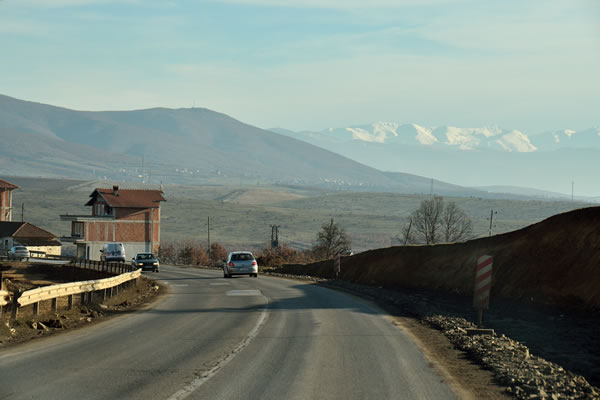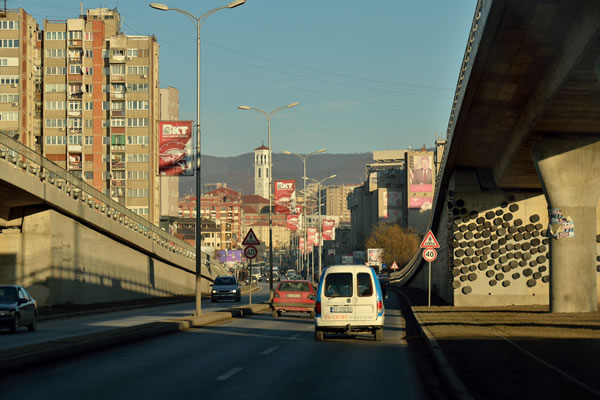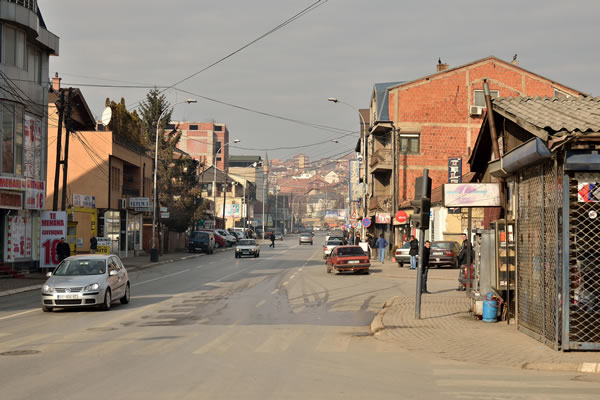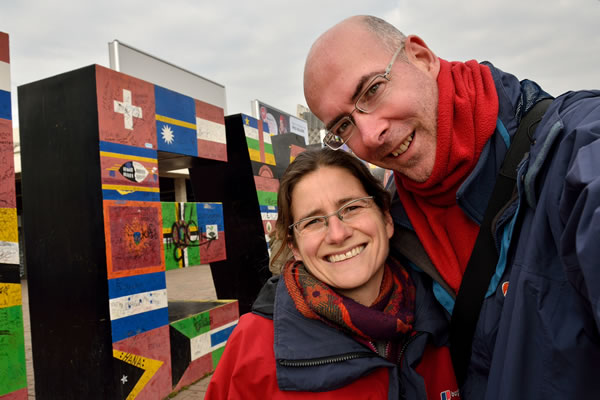English | Dutch |
|
| Kosovo: the youngest country in Europe? | |
Skopje (Macedonia), January 17th 2014
|
|
| |
|
When we think of Kosovo, we think especially of a troubled area. During the last Balkan war of the 90s, this tiny country, or Serbian region as some will say, had much to suffer from the war. Besides that, Kosovo has the weakest economy in Europe and about half of the Kosovars are jobless. An important part of the economy is made up of illegal activities. The shadow economy includes the smuggling of gasoline, cars, drugs (mainly heroin), people, weapons and cigarettes. Especially the smuggling of women is an eyesore for many western countries. It is in addition to other Balkan countries, a 'transit hub' for the trafficking of girls and women to Western Europe, for sexual exploitation or forced labour. Recent studies indicate that Kosovo is on the right path to make improvements. However, the website of Transparency International continues to report that their research shows that 80% of Kosovars still find that their legal system is corrupt to extremely corrupt. For the political system the figure is 70%. |
|
 |
|
Border between Montenegro and Kosovo, on the Kosovo side of the border |
|
Kosovo was in the distant past the beating heart of the Serbian Empire. This is also the time when many Orthodox churches have been built. During the Battle of Kosovo in 1389, things changed dramatically in the region. The Turks (Ottomans) defeated the Serbs and took control of the southern part of the Serbian empire. Many Serbs left the area, to be replaced by Turkish and Albanian immigrants. This is also the time when Islam was introduced in the area. After more than 500 years, during the Balkan War of 1912, the Turks were expelled, and the Serbs returned to settle on available land. During the Second World War, Kosovo was temporarily part of Albania (both under Italian rule), but after the war was lost, Kosovo became part of Tito's Yugoslavia (in contrast to Albania which became an independent country). However, Tito neglected Kosovo. The Kosovars were promised a high degree of self-government (autonomy), but in practice there was none of that. The standard of living in Kosovo was only a quarter of the overall Yugoslav average, and that was a recipe for unrest. By this time, Kosovo consisted for almost 80% of ethnic Albanians.
| |
 |
|
On the way to Pec, with the snowy peaks in the background |
|
In Kosovo, we visited the cities of Pristina and Prizren. They are fun and charming cities with no real tourist highlights. However, for a visit of a few days to each of them are fine, because it’s very relaxed to drink a coffee on one of the many terraces in town, and to see how the country functions nowadays. The people are very friendly, but you will probably immediately ask yourself what people are doing to make a living. The terraces are full every hour of the day, mainly with people who have the age to be at work. But they don’t and it seems that they have money enough, especially in the bigger cities. The young Kosovar population is well dressed, the ladies look like Victoria Beckham and they young guys drive often a great car. It could be a piece of Italy is the first impression. What also struck us was the large number of Albanian flags that you see in Kosovo. It is like the owner of the guest house as nicely worded when we asked about it: "We are Albanian, we feel Albanian, and we behave Albanian. And besides that: the Albanian flag looks much better than the Kosovo flag”. And that probably tells it all. Kosovars don’t have to be necessarily Kosovar, as long as they are not seen as Serbs. |
|
 |
|
We are arriving in Pristina, the capital city of Kosovo |
|
 |
|
Street scene in Pristina |
|
 |
|
Us in front of the New Born monument in Pristina |
|
 |
|
The old stone bridge and the Sinan Pasha Mosque in Prizren |
|
 |
|
View over Prizren from the 11th century Kalaja Fort |
|